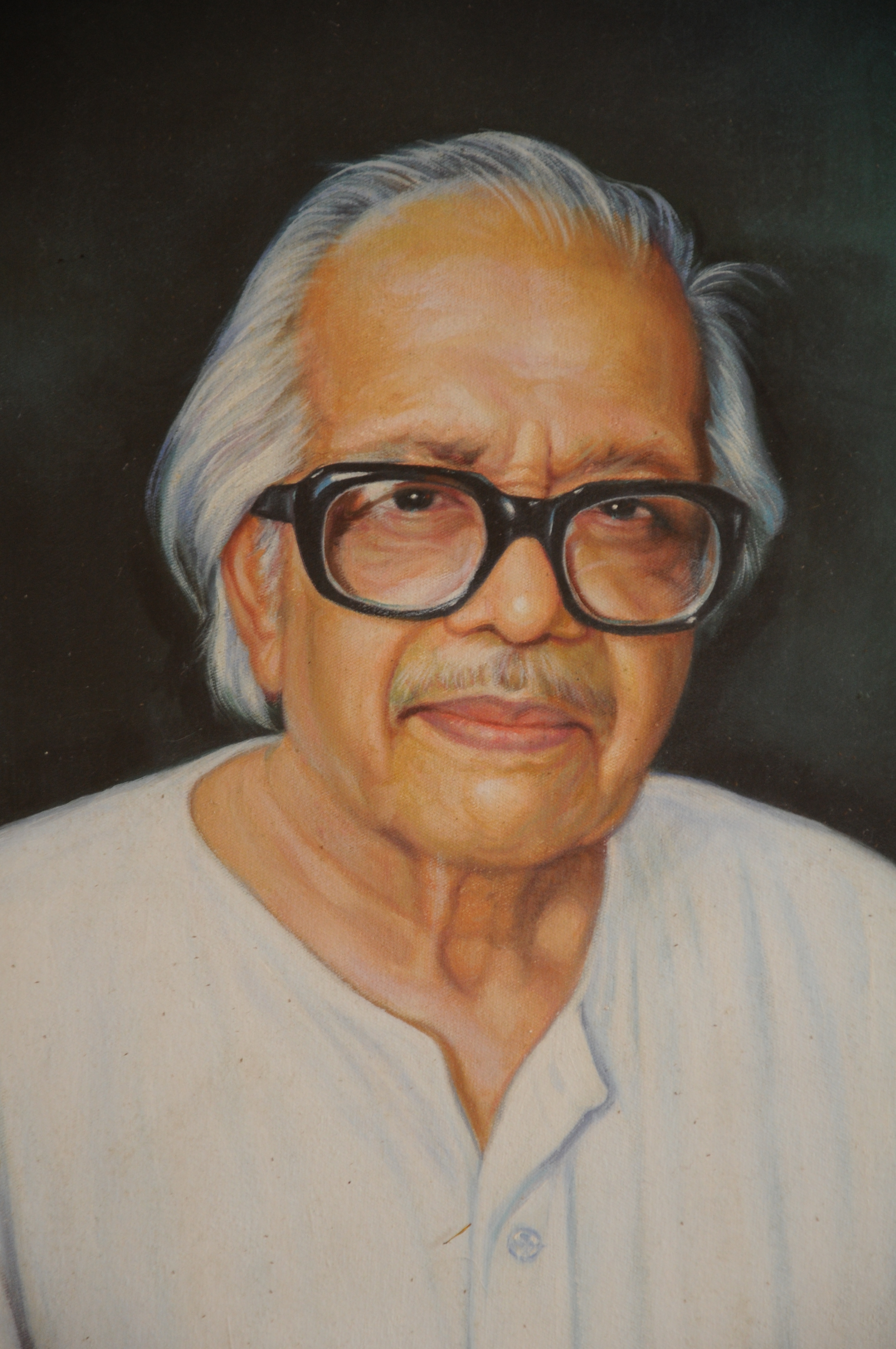The
almost month-long ‘anti-national’ saga played out from the Jawaharlal Nehru
University (JNU) and the newsrooms in Delhi has brought some problems within
India’s national identity forcefully and violently to the fore. The public
spectacle that was created out of the alleged seditious speech of some student
leaders of JNU has damaged the thin
veneer of secularism and liberalism that Indian nationalism claimed to
represent and embody. Thus the questions of what does it mean to be ‘Indian’
and who can be rightfully Indian is now being debated furiously in the national
press and the national centers of power and learning. Though these debates seem
to be reinforcing the ideals enshrined in the Constitution of India, one can
arguably see the superficiality of these if we think about the JNU incident
from a politicized Goan Catholic perspective. After all, were not Goan
Catholics suspected
of being ‘anti-national’ decades before this event?
Let’s
start from the beginning. Goa was not a part of the Indian state in 1947. Thus,
Goa was not part of the founding moment of the Indian state and the debates
surrounding the formation of the Constitution of India and the linguistic
re-organization policy. Thus also, the Indian identity of Goa and Goans had to
be fitted in almost 15 years after the establishment of the Indian state. This
identity was largely negotiated through linguistic markers. Though tourism also
played a part later on, I will not dwell on it in this article.
Let
us consider how the Konkani language in the Nagri avatar was recognized in the
’70s and ’80s by the Indian government and its national body of letters – the
Sahitya Akademi. Konkani as a language had to produce a classical and
Sanskritic past in order to be recognized as a legitimate Indian language. This
was a blessing for the proponents of the Nagri script as the superficial
similarities with the script would easily allow them to latch onto a Sanskritic
norm defined by Indian nationalism. So in effect, what we have here is a nation
that would only accept the Konkani language as belonging to the illustrious
lists of ‘national’ languages only if it had a justification in a Sanskritic
culture and past, as Rochelle Pinto observed,
while participating in a session on ‘Rewriting Goan History’ at the Goa Arts
and Lit Fest, 2015. Thus there was a scramble to find and publish Sanskrit
classical texts that were rendered in Konkani. The Konkani renderings of the
Ramayana and Mahabharata were obtained from the Municipal library of Braga,
Portugal, and published in Goa. And what is also interesting is that somehow
the Konkani language could produce such a Sanskritic heritage only thanks to
the Catholic missionaries, who had written down these renderings in the Roman
script, in the sixteenth century!
This
Sanskrit-privileging linguistic culture and policy in India was also very much
disrespectful of the diversity and history of the Konkani language. We have
over the years witnessed the scorn that is poured on Romi Konkani and the cultural
artifacts that are produced in that script. Romi was (and is) considered
‘foreign’ (read as not Indian) and hence it is argued that it had no space in
the cultural/literary life of India. Thus, the largely (but not entirely)
Catholic users of the script were asked to give up Romi in favour of the more
Indian, though artificial, Nagri variant. In the ’70s and ’80s, people like the
Gandhian Konkani litterateur Ravindra Kelekar was quite blatantly making such
arguments.
Unfortunately,
the project to expand a Nagri and Sanskritic culture, like other national
projects, was not an innocent one. It was marked by a considerable degree of
cultural violence against the Catholics in Goa. Catholics in Goa – especially from
Bahujan backgrounds – were subjected to casteist and communal abuse. Further,
they were told that they were culturally inadequate, or carriers of a culture
that was fundamentally flawed and impure. All for the purpose of making Goan
Catholics better Indians.
Merely
demanding that the Roman script and its cultural productions be recognized
within the culture and constitutional rights of the Indian state earned Goan
Catholics the ire of the Hindu upper-castes, and it also led to Catholics being
branded as ‘anti-national’. In fact it is not just the Roman script, but
Catholic food-habits, dressing, and life-styles which have come under
tremendous attacks for being deviant to the established Indian norm.
So,
the issue is not simply about who is a ‘patriot’ and who is an ‘anti-national’.
When groups in Delhi that are aligned to the left and center-of-left political
ideologies, in other words the traditional guardians of Indian secularism, claim
that the Hindu-right has no business in issuing certificates of nationalism and
patriotism because they are nationalist and patriotic enough, it seems that
there is no regard and concern for the pernicious effects of Indian nationalism
on several thousands of communities for over half a century. The
marginalization that Indian nationalism creates needs to be confronted; and
precisely at a time like this, when
the confidence of the secular-liberal Indian elite is jolted. Goans have to
think about the nation through their own experience rather than passively
accepting a national discourse.
The
fact that none of these ongoing debates would consider the Goan Catholic
experience as important would tell us how blind they are to multiple
experiences in different parts of India. Once again, what it means to be Indian
and nationalist/patriot will be defined by those who are unaware of and
uninterested in our experience. The question ultimately is, do we have a choice
and a say in this national politics?
(First published in O Heraldo, dt: 16 March, 2016)


No comments:
Post a Comment